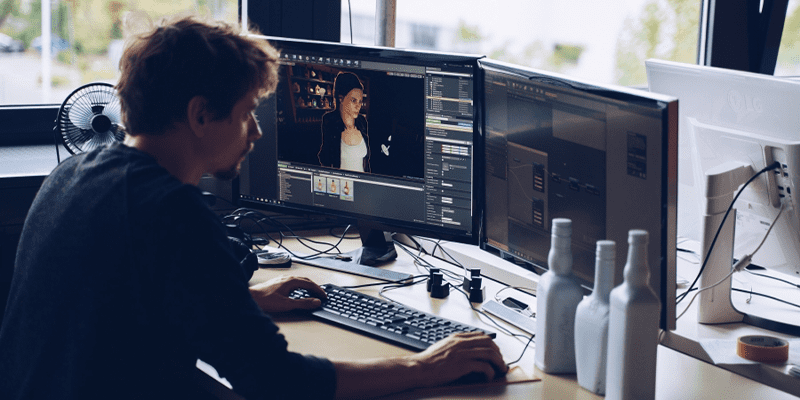Dive Board
RECENT TOPICS
Hi TV App: The Best Streaming Platform for Endless Entertainment
What upcoming projects and endorsements are projected to boost Monica Padman's net worth by 2024?
How do businesses choose the right Staff Outsourcing Agency?
STATISTICS
Total posts: 185388
Total topics: 43926
Total members: 46472
Newest member: Daniel G.







